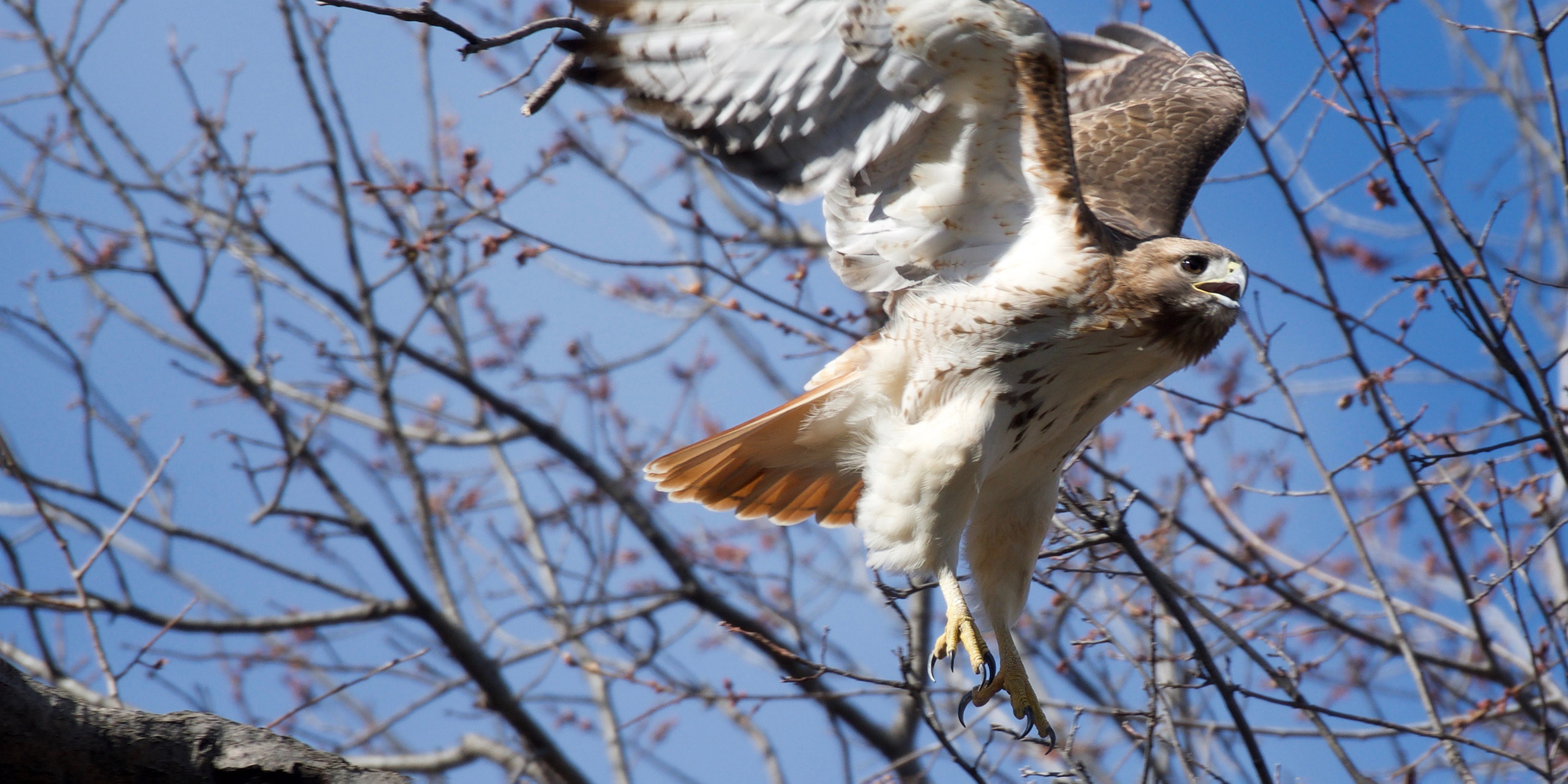Originally published 3 February 1992
When I leave home to walk to school, my spouse always says to me, “Chet, keep your eyelids up, and see what you can see.”
But when I tell her where I’ve been and what I think I’ve seen, she looks at me and sternly says, “Your eyesight’s much too keen. Stop telling such outlandish tales. Stop turning minnows into whales.”
OK, apologies to Dr. Seuss for snitching his verses. But lately I’ve been feeling a lot like young Marco in the good doctor’s story, To Think That I Saw It On Mulberry Street. There isn’t much to see in Marco’s neighborhood, just a plain old horse and wagon. But Marco imagines all manner of things, culminating in a howdah-topped blue elephant galloping between two yellow giraffes and pulling a wagon with a seven-piece band. What did you see? asks his father when he gets home from school. “Nothing,” says Marco, knowing that Dad won’t believe a bit of it.
I live on a Mulberry Street sort of street in a Mulberry Street sort of town, a domesticated suburb of Boston. There hasn’t been much to see here for 30 years. Robins. Squirrels. A occasional raccoon or possum. Nothing exotic. Certainly no blue elephants or yellow giraffes.
Nope, there hasn’t been much to see here — until recently.
Not in my backyard
I looked out my window the other day into the glaring eyes of a red-tailed hawk. Huge bird. Just sitting there in the tree that stands between my house and my neighbor’s. What was he waiting for? Our cat? My neighbor’s canary? This guy belongs on patrol in some wild meadow, not perched in a backyard oak. “What did you see,” asks my spouse. “Uh, nothing.”
And deer. Suddenly deer are all over the place. Folks in town have reported looking out their windows to see bucks and does nibbling dandelions in the back yard, or gorging veggies from the garden. My son narrowly missed killing a deer or himself in a late-night encounter on Route 495, right here in town.
Wildlife officers recently shot a moose in Natick. I have a pal who saw a moose in the median strip of Route 128. Haven’t seen a moose here on Mulberry Street, but expect to any day.
A reliable local witness saw a coyote in his backyard, just a few blocks from my house. A coyote! Hey, I grew up on Western movies: lonely cowpokes huddled around campfires in the great American wilderness, and off there in the distance the call of the wild — ah-WOOOOOOOOOOOOO!
“What did you hear on the way to school today?” asks my spouse. “Nothing.”
Foxes are making a comeback. I’ve seen ’em right in the middle of the quadrangle of our college campus. I can’t vouch for it, but I’ve heard reports of an eagle and a beaver on campus. And, of course, the Canada geese have settled in with a vengeance; they are as common as starlings, turning the pathways of our campus into vile obstacle courses of goose droppings.
According to reports, black bears and wild turkeys are creeping closer.
Suburbia is where the wild things are.
Many of these animals were hunted almost to extinction in the East. Now, protected by game laws and leash laws, they are making a comeback. Federal excise taxes levied on the sale of arms and ammunition over the past 50 years has raised more than two billion dollars, most of it distributed to state wildlife agencies, some of the rest used to purchase or maintain wildlife habitats. These things have helped the animals recover from earlier decimations, but I suspect the key factor is their own resourcefulness.
The wilderness just isn’t so wild anymore. The planet is too small. Humans have become too multitudinous. Mulberry Street is everywhere. For the animals, it’s adapt or become extinct.
According to a story in National Geographic, before European settlement there were as many as 34 million whitetail deer roaming North America. Unrestricted hunting during the last part of the 19th century reduced the number to less than half a million. Now the whitetail population is more than 18 million — and it’s rising.
The future’s in suburbia
Do the deer head for the few remaining pockets of wilderness? Heck no. They are smart enough to know that wilderness is a dead-end street. Our backyards — that’s where the future lies. We are seeing adaptive evolution in action. Not nature red in tooth and claw, but the symbiosis of the garbage can.
Can we tolerate sharing our space with red-tailed hawks and moose? Are we prepared to lie in bed at night and hear the call of the wild in the backyard? Already my neighbors are calling the whitetail deer “hoofed rats.” It’s a situation ripe for intraspecies strife. And the situation is getting riper all the time.
“Just draw up your stool,” said my spouse the other evening, “and tell me the sights on the way home from school.”
What was I to say? A fox? A four-point buck? A beaver in the brook? A moose? A bear? A blue elephant? Two yellow giraffes?
“Nothing,” I said, growing red as a beet, just a squirrel and a robin on Mulberry Street.”



